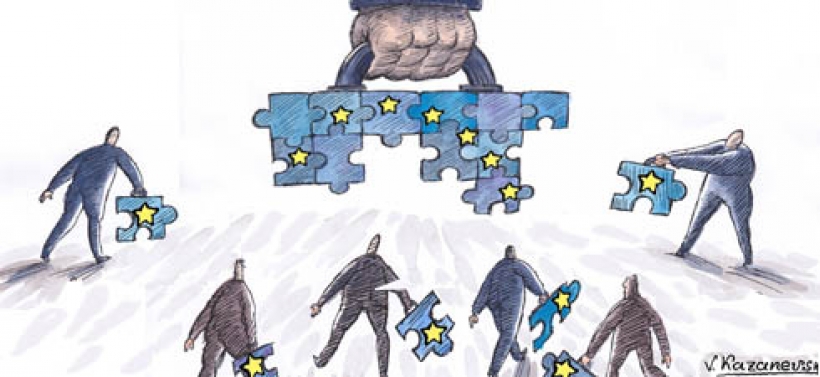Avoiding a two-speed Europe
Ways to support crisis-ridden countries
Brussels, 23 April 2014 | Published in Economy, Social
Since the beginning of the crisis, a two-speed Europe has started to emerge. What are the strategies to avoid that? We invite you to join our open discussion on Twitter using #HousingEP14
The situation in brief:
The GDP for Europe as a whole has decreased from 2012 to 2013, however some Member States have experienced more extreme increases in terms of debt ratio, public deficit and unemployment rate. This makes investment and accessing EU funding almost impossible.
While will intended, the introduction of lower requirements for co-financing rates under the Cohesion Policy do not take the public deficits limits of Member States - and their resulting inability to raise additional national funding – sufficiently into account.
As a result, the risk of the non-use of the Funds increases, which means that projects linked to urban or housing regeneration, which often require a very high upfront investment, risk being left out from the list of projects financed by Structural Funds.
This is a problem.
Read MoreOur solution:
Structural Funds are meant to build upon and strengthen national initiatives in order to created added value nationally and for Europe as a whole.
When this does not happen due to lack of national funding opportunities, the added value is lost and the Member States who are in most need of the added value pay the highest price. The EU needs to find a solution to meet the growing risk of losing a significant volume of the EU funds available in these countries. Otherwise, the intended objectives are not achieved.